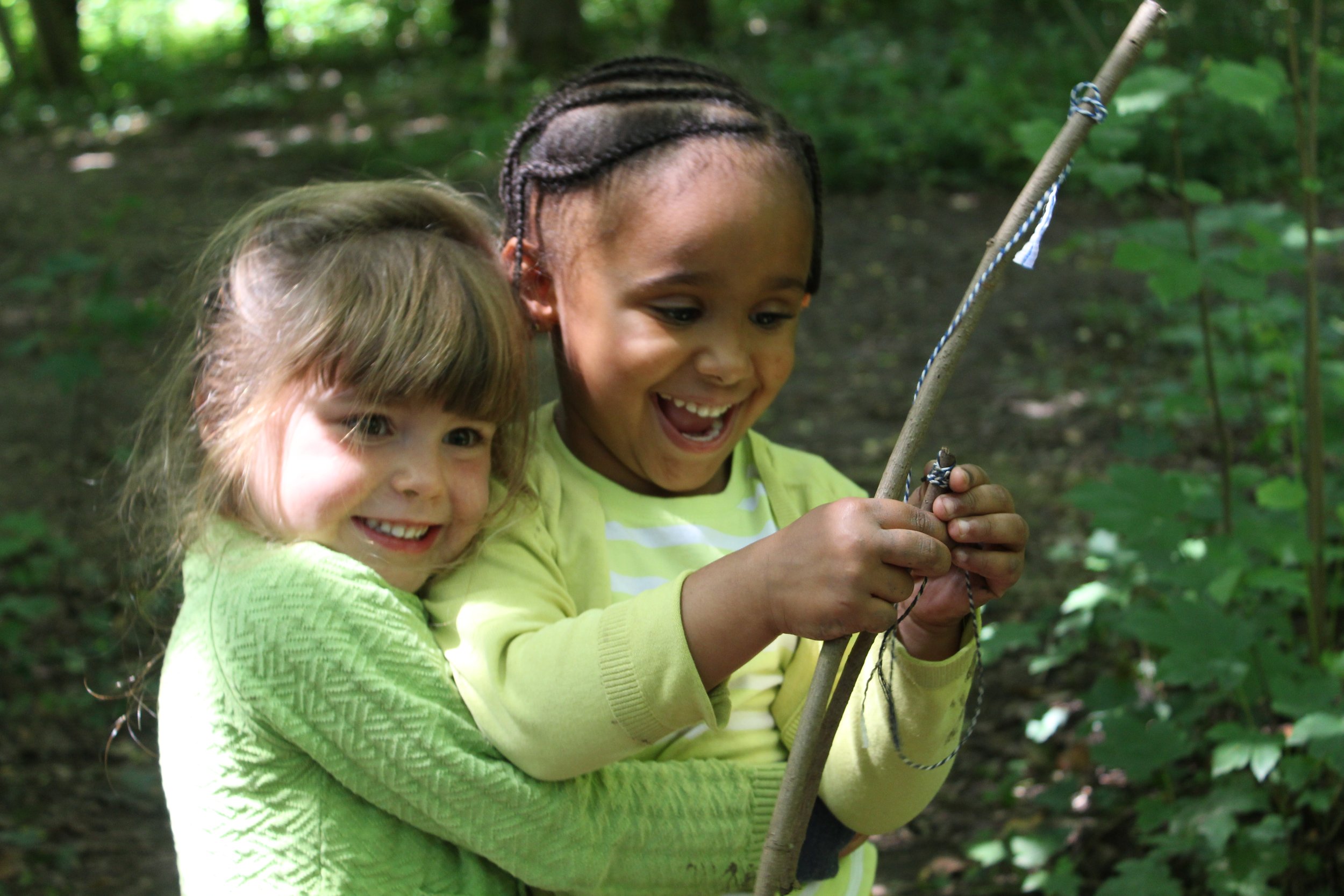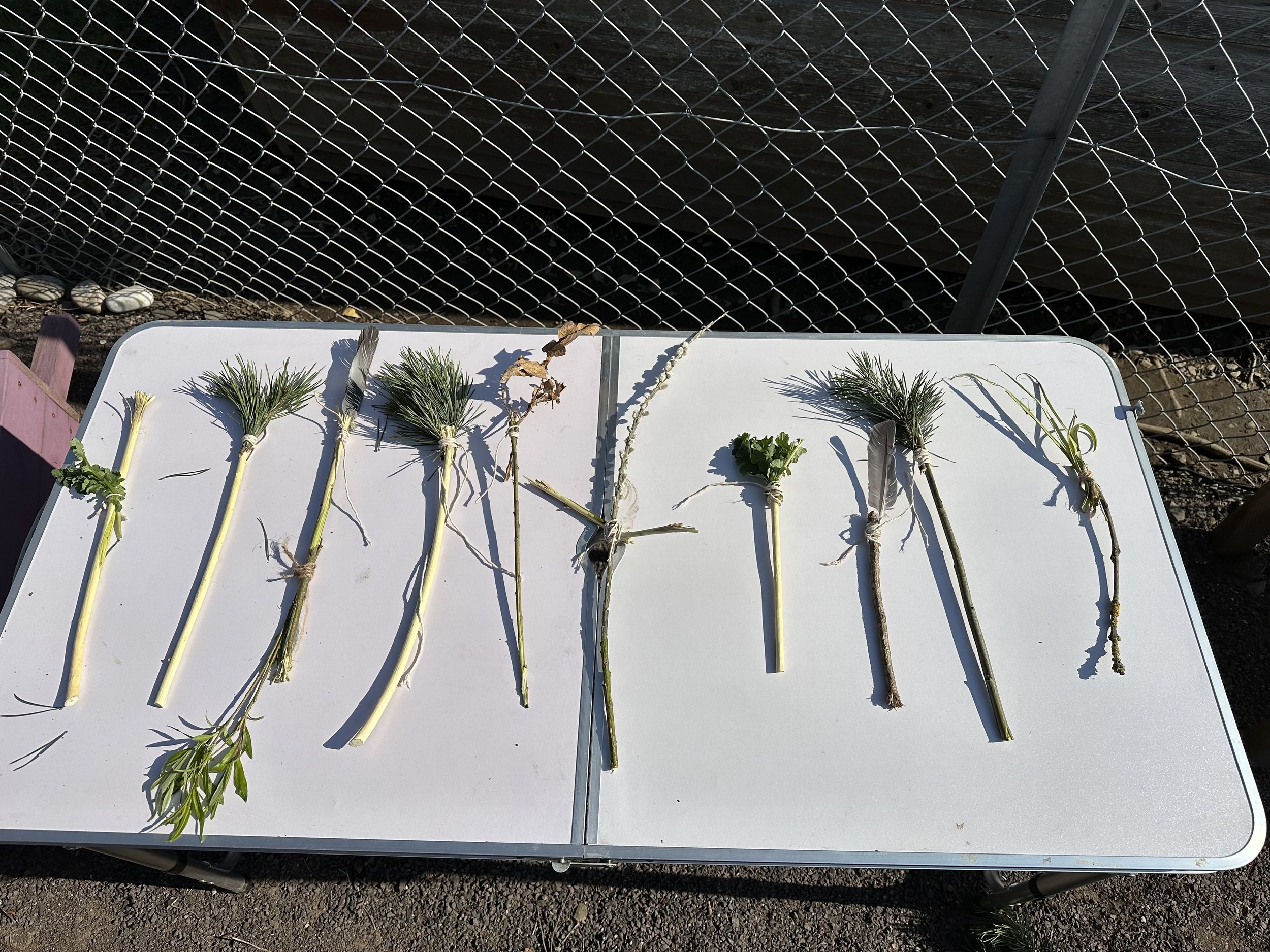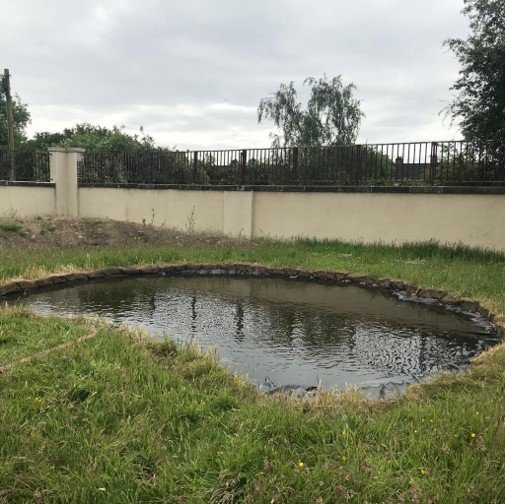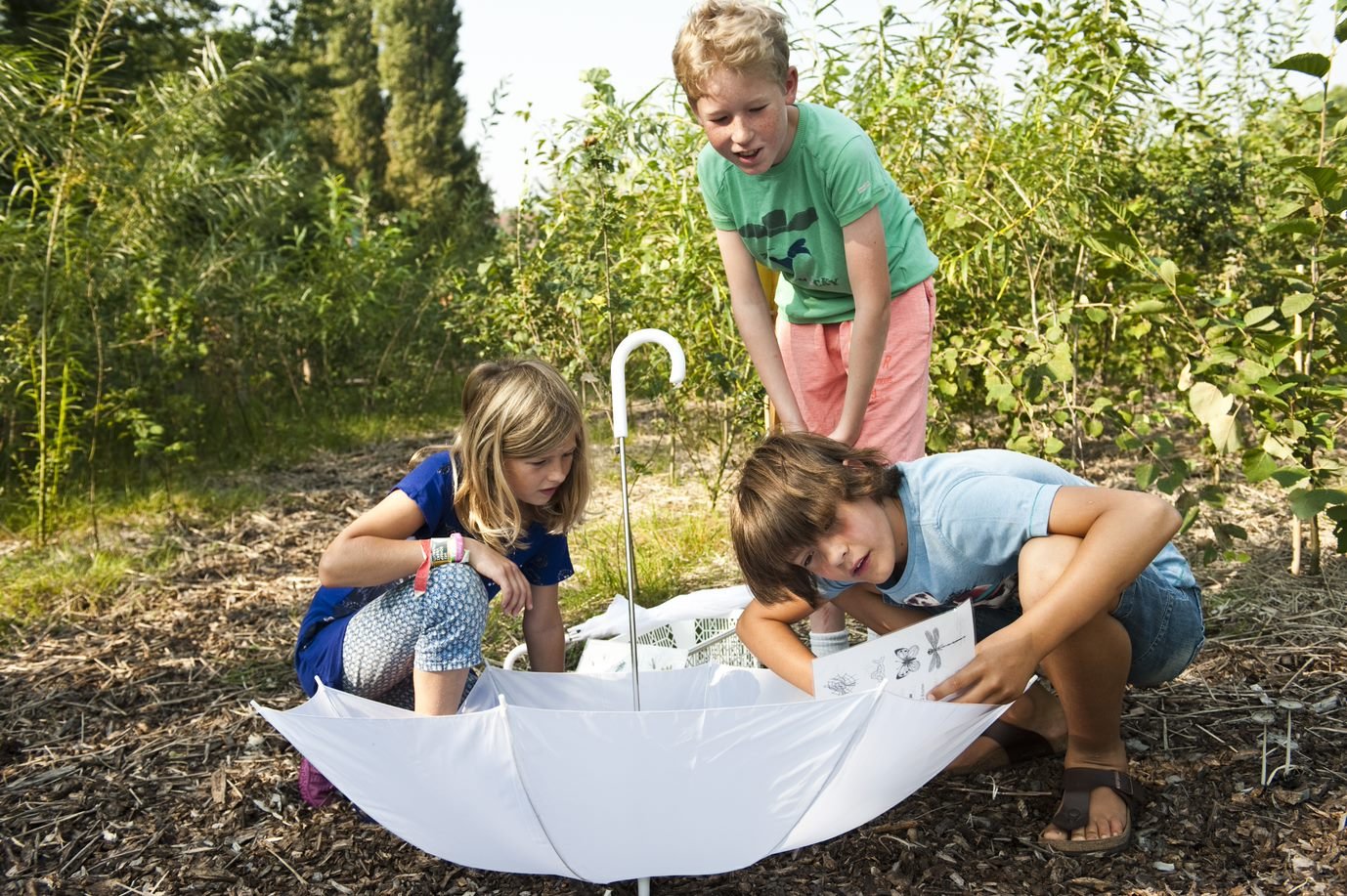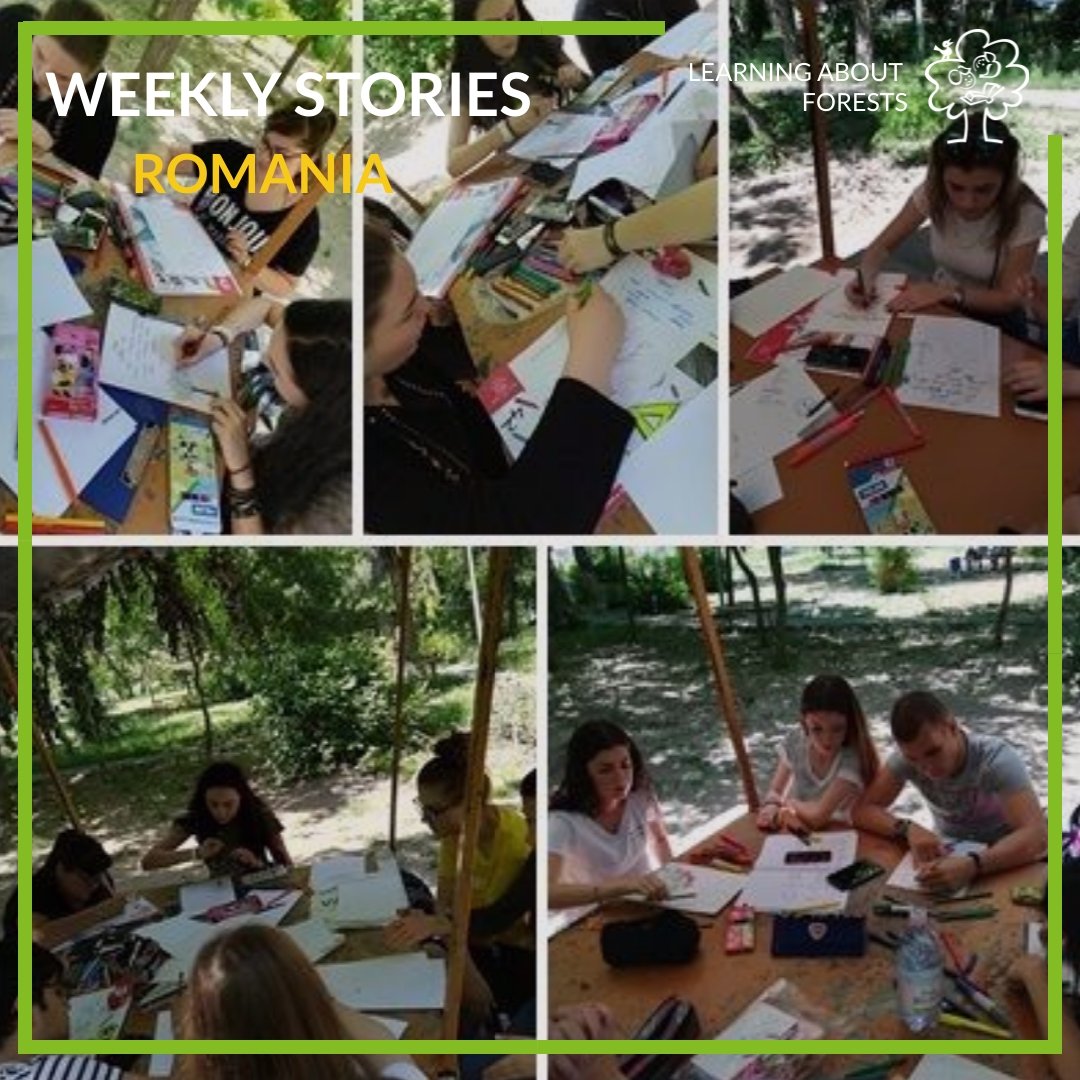Green-Schools Ireland (the Eco-Schools programme in Ireland run by FEE member An Taisce) has been in the fortunate position to engage with students from Makini Highschool and Ruaraka School in Nairobi the past four years through their Global Classrooms initiative, where students from Ireland, Kenya, South Africa, Ghana and the United Arab Emirates are engaging with each other while learning how to take global action on the Sustainable Development Goals (SDGs).
This transcontinental engagement has been of extreme value to the Green-Schools students in Ireland, as it increases knowledge and understanding about the fantastic work Kenyan students are doing to support the SDGs and the collective nature of their work at a global scale.
This academic year, An Taisce was fortunate to receive both corporate funding, Clothespod, and funding through the Irish Ministry of Foreign Affairs through the Irish Aid Global Citizenship Education grant, to bring the project to an elevated level. The students from Makini High School and Ruaraka School have been engaging, through virtual means, with students from Ireland on the topic of Fast Fashion throughout the past academic year. Through this funding, An Taisce was in a position to extend the invitation to Kenyan students and teachers to engage with Irish schools in person between the 8th - 14th of April.
The Let’s Fix Fashion Campaign has been in existence since 2021 and engages students across Ireland to address the problems associated with the Fast Fashion industry.
As the effects of the fast fashion industry due to the transportation of clothing from more developed countries to Kenya are acutely felt by people in Kenya, the exchanges between schools to date have been extremely valuable to students in Ireland. To hear a first-hand account of the problems created by the fast fashion industry from the students in Kenya is very powerful and results in Irish students taking action in their communities to raise awareness about the fast fashion industry and to create changing behaviours in their own lives, schools and communities.
Green-Schools Ireland was delighted to welcome Kenyan students and teachers to Ireland to participate in the in-person catwalk event, where they met their peers and raised awareness and action through their engagement with the upcycling of clothing and the catwalk event.
Throughout the week the students visited various local schools in Count Cork to work together on fast fashion and the transition to a circular economy. Traditional dishes, songs, dances, and stories were shared. Their visit also included trips to local thrift shops for the charity shop category of the catwalk and a workshop with Mamukko on circular bag design.
Before returning to Kenya, they took a trip to Killarney National Park where they met with the LEAF Ireland team. They discussed the recreational and health benefits of woodlands, the contribution of trees to the Irish landscape, and highlighted the cultural heritage of Ireland’s woodlands. The often unknown and hidden benefits of interacting with woodland and forest ecology were also discussed. The teachers and students from Kenya shared some of their knowledge and insights about the forests of Kenya and spoke about some of the struggles they face with regards to forest conservation there. A short but practical and unique experience that hopefully leaves a lasting impression and connection with Irish woodlands and woodland culture.
